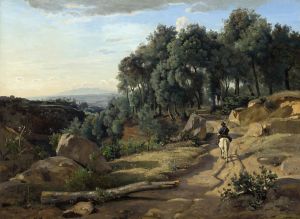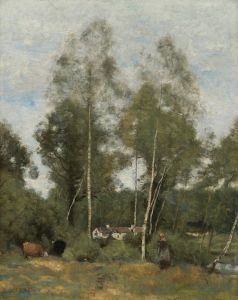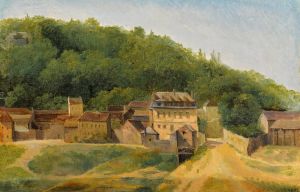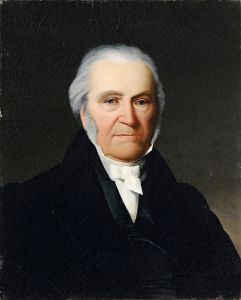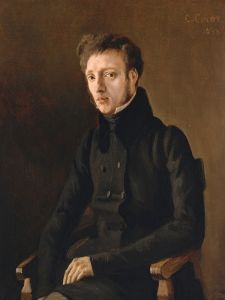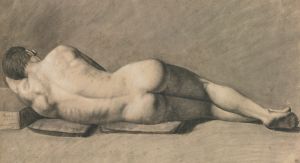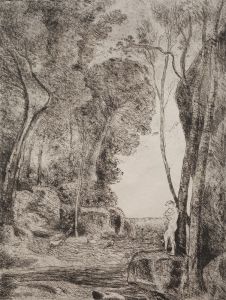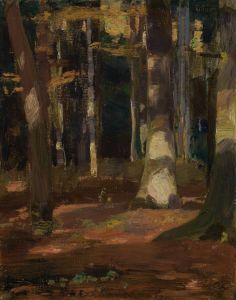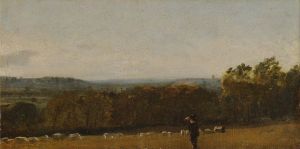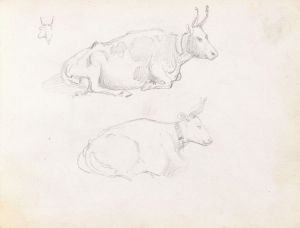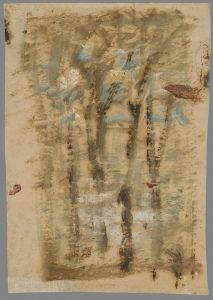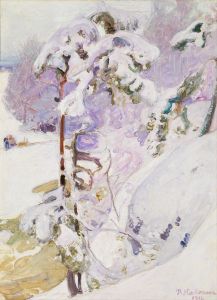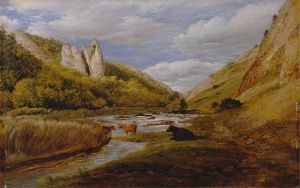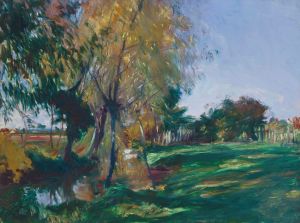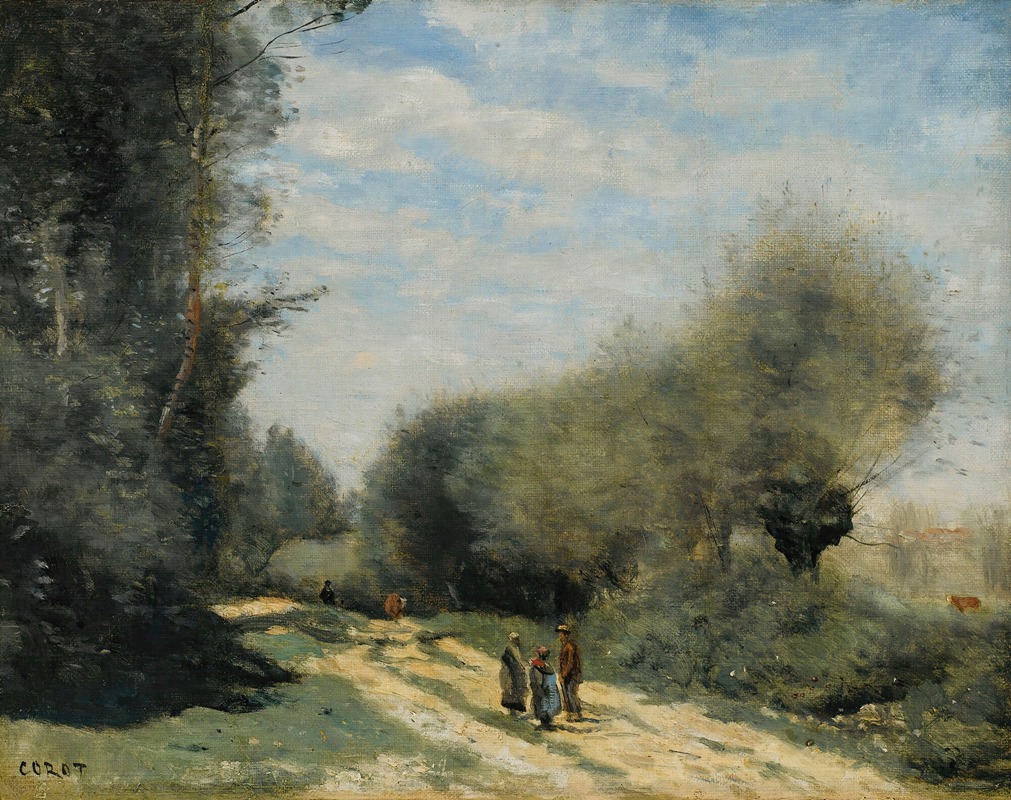
Crécy-En-Brie – Route Dans La Campagne
A hand-painted replica of Jean-Baptiste-Camille Corot’s masterpiece Crécy-En-Brie – Route Dans La Campagne, meticulously crafted by professional artists to capture the true essence of the original. Each piece is created with museum-quality canvas and rare mineral pigments, carefully painted by experienced artists with delicate brushstrokes and rich, layered colors to perfectly recreate the texture of the original artwork. Unlike machine-printed reproductions, this hand-painted version brings the painting to life, infused with the artist’s emotions and skill in every stroke. Whether for personal collection or home decoration, it instantly elevates the artistic atmosphere of any space.
Jean-Baptiste-Camille Corot was a pivotal figure in landscape painting during the 19th century, known for his contributions to the Barbizon School and his influence on the Impressionist movement. One of his notable works is "Crécy-En-Brie – Route Dans La Campagne," which translates to "Crécy-En-Brie – Road in the Countryside." This painting exemplifies Corot's mastery in capturing the serene beauty of rural France, a theme prevalent in his oeuvre.
Corot was born in Paris in 1796 and began his artistic career relatively late, after working in his family's textile business. He studied under Achille-Etna Michallon and later Jean-Victor Bertin, both of whom were proponents of the neoclassical tradition. However, Corot's style evolved as he became more interested in painting en plein air, or outdoors, which allowed him to observe and depict natural light and atmosphere with greater fidelity.
"Crécy-En-Brie – Route Dans La Campagne" is a testament to Corot's ability to blend realism with an almost poetic sensibility. The painting likely depicts a scene from the small town of Crécy-en-Brie, located in the Île-de-France region. This area was known for its picturesque landscapes, which attracted many artists seeking inspiration from its gentle hills, lush greenery, and tranquil roads.
In this work, Corot employs a soft, muted palette, characteristic of his later period, which conveys a sense of calm and introspection. The composition is balanced, with a road leading the viewer's eye into the depth of the painting, flanked by trees that create a natural frame. The use of light and shadow is subtle yet effective, highlighting Corot's skill in rendering the nuances of the natural environment.
Corot's technique often involved a delicate interplay between detailed foregrounds and more loosely painted backgrounds, creating a sense of depth and space. This approach can be seen in "Crécy-En-Brie – Route Dans La Campagne," where the foreground elements are more defined, while the background recedes into a gentle haze, suggesting distance and atmosphere.
Throughout his career, Corot maintained a balance between the traditional and the innovative. While he adhered to certain classical principles, his work also foreshadowed the Impressionist movement, particularly in his treatment of light and his emphasis on capturing fleeting moments in nature. His landscapes, including "Crécy-En-Brie – Route Dans La Campagne," were not just representations of specific locales but also evoked a sense of timelessness and universality.
Corot's influence extended beyond his lifetime, impacting artists such as Claude Monet and Camille Pissarro, who admired his ability to convey mood and emotion through landscape. His works are celebrated for their lyrical quality and their ability to transport viewers to the serene and contemplative world he so cherished.
In summary, "Crécy-En-Brie – Route Dans La Campagne" is a quintessential example of Jean-Baptiste-Camille Corot's landscape painting, showcasing his skill in capturing the essence of the French countryside with a harmonious blend of realism and poetic expression. This painting, like many of Corot's works, continues to be appreciated for its beauty and its contribution to the evolution of landscape art in the 19th century.





